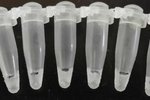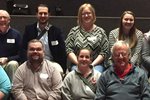Space Biology Camp 2016
On July 14th, 2016 Julian Rubinfien’s dreams of winning the Genes in Space contest came true. However, his job was not finished. Between the time the Genes in Space winner is announced until the launch of the winner’s experiment to the International Space Station, much work is necessary to prepare the winning experiment to be conducted in space. Since July, Julian has been working hard alongside his teachers, mentors, and scientists from many of the Genes in Space partner organizations. Julian’s experiment is now scheduled to launch from the Kennedy Space Center in mid-March of 2017. As the launch nears, Genes in Space will be publishing a series of blog posts that bring readers inside the process of preparing experiments for space. The first step: space biology camp at New England Biolabs in Ipswich, Massachusetts in August 2016.
Space Biology Camp – New England Biolabs (NEB), Ipswich MA
Guest post by: Nicole M. Nichols, Ph.D.There were no rockets. No countdowns. No lift offs. But the
work done over two days at NEB headquarters in Ipswich, MA in August of 2016
was still “mission critical;” critical to the success of the Genes in Space II mission,
that is.
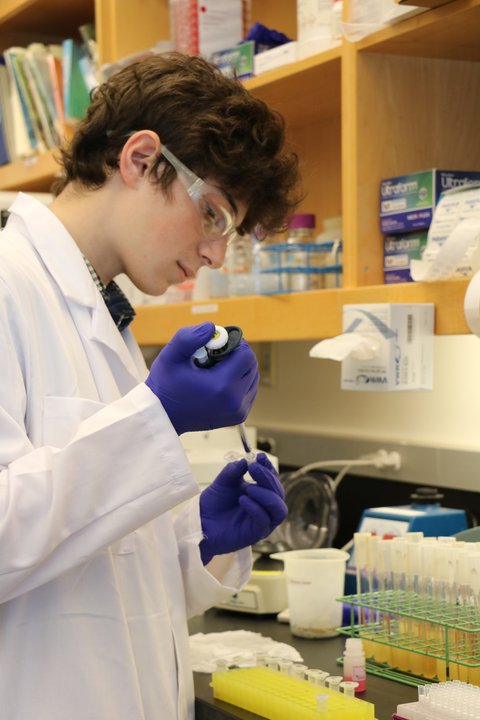
Julian Rubinfien’s winning idea, to study telomere length in astronauts as a way to understand the aging process (an idea whose relevance has recently been highlighted in the results from NASA’s studyof twin astronauts Scott and Mark Kelly), had to be adapted to accommodate experimental limitations aboard the ISS – limitations that NASA, Boeing, NEB, miniPCR, CASIS, and others are working to overcome with each successive Genes in Space mission. For Julian’s two-day space camp visit, the goals were clear: to create at least two assays to interrogate telomeric DNA that could be launched as part of GIS II. But as molecular biologists know, cloning can sometimes take time. Also, working with telomeric sequences (highly repetitive DNA) isn’t always easy. So Julian, his mentor, Deniz Atabay, a Graduate Student in the Department of Brain and Cognitive Sciences at MIT, and the NEB and miniPCR scientific support teams (John Pezza, Nathan Tanner, Zeke Alvarez Saavedra and I), started making plans right after the completion of the 2016 ISS R&D conference, this past July.
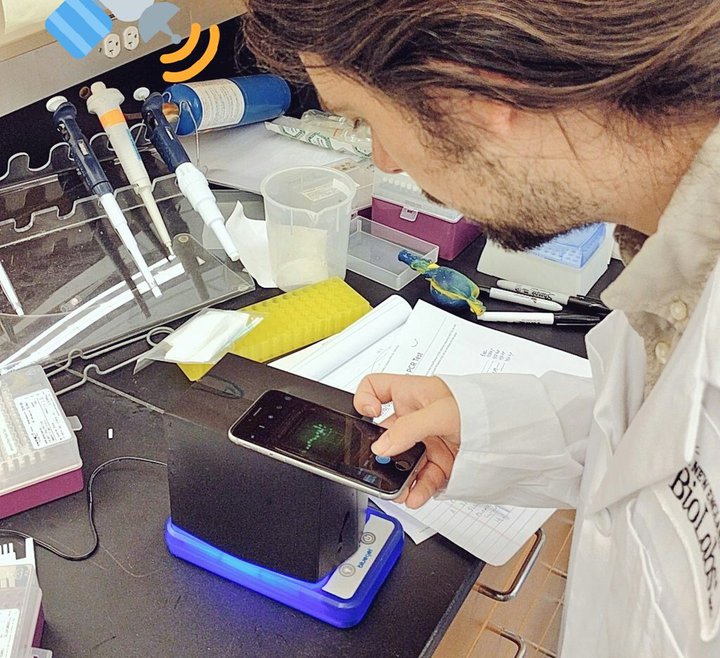
The first assay would be a PCR assay. It would be similar in concept to the PCR experiment designed by the 2015 Genes in Space winner, Anna-Sophia Boguraev with the added complication of amplifying repetitive, telomeric DNA. But for the second assay, we aimed for something even bigger. We envisioned creating the first diagnostic experiment that an astronaut could analyze in real time, while aboard the ISS – without the need to send samples back to earth for analysis. If we are to envision a mission to Mars, there will be a need for tests whose results can be analyzed during the mission, rather than by those on the ground (What is this growth in the air vent? Do I need an antibiotic? etc.). For our proof-of-principle study, we turned to something the NEB group had experience with – colorimetric LAMP (loop-mediated isothermal amplification) (Tanner, et al., 2015. Biotechniques.58:59-68). LAMP is an isothermal amplification method that produces large amounts of DNA and can easily be incubated at a single temperature using the miniPCR machine. Colorimetric LAMP involves the inclusion of a pH-sensitive dye that detects the release of protons as DNA is amplified. With some straightforward upstream work, results can be simply analyzed after a 30 min, 65°C reaction: pink is negative and yellow is positive.
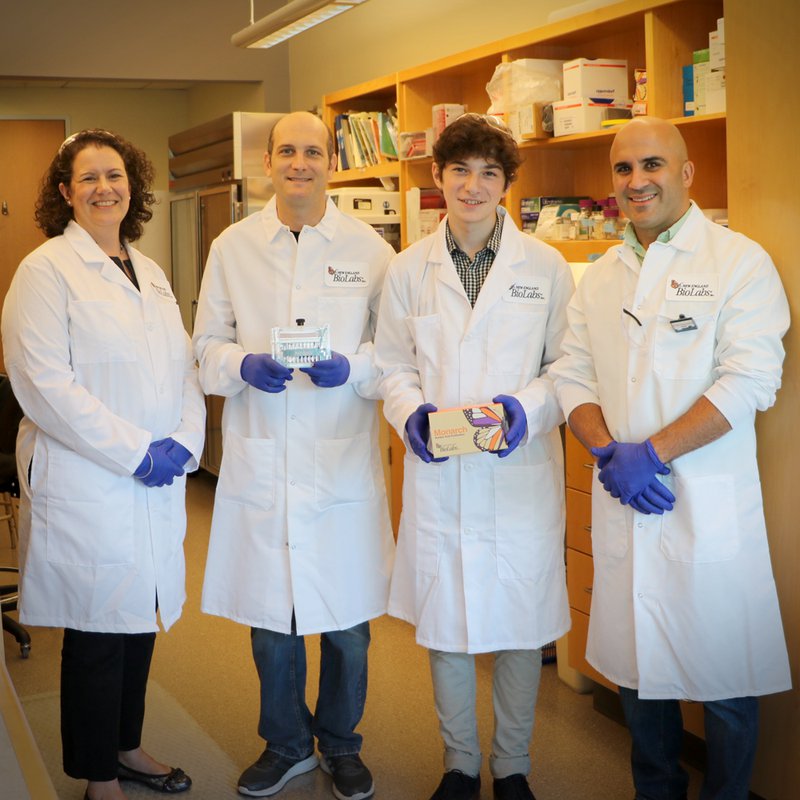
In August, Julian and the group gathered to put all the pieces together. Designs were evaluated, cloning was completed and test strips were prepared. During breaks (reaction incubations), we toured NEB, shared meals, and took some time to photo document Julian’s visit. Over two days, working prototypes were successfully created for both the PCR and the LAMP assays and Julian’s proposal became reality. If all goes according to plan, we’ll learn whether these preparations were sufficient later this spring. And quite possibly, an astronaut will be able to evaluate the results of the first colorimetric LAMP assays in space, without any assistance from those of us left on the ground.

